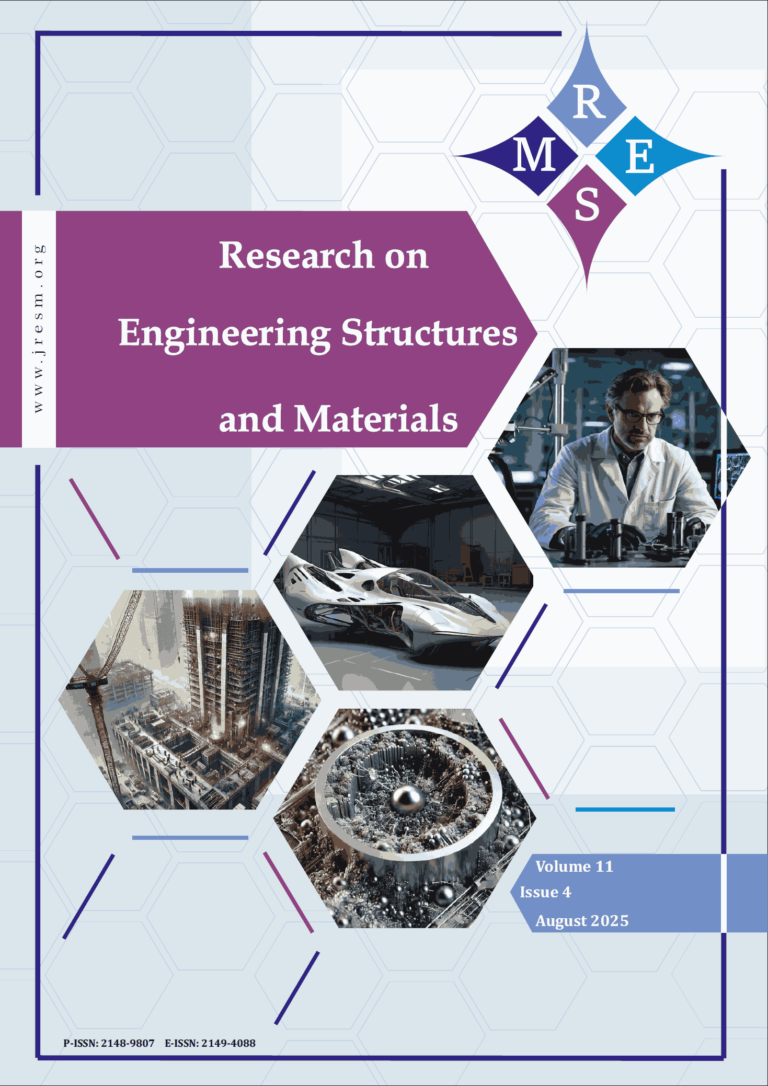In this study, Geopolymer concrete (GPC) blended with fly ash (FA), ground granulated blast furnace slag (GGBS), rice husk ash (RHA), and nano-silica (NS) developed and investigated in three aspects: In the first aspect of GPC (FA+GGBS), FA varied from 0-100% of GGBS at 10 % intervals to determine the optimum proportion of FA-GGBS. In the second aspect of GPC (FA+GGBS+RHA), RHA varied from 0-25% of FA at 5% intervals with a constant of 30% GGBS attained from the first aspect of the study. In the third aspect of GPC (FA+GGBS+RHA+NS), NS was replaced with 1, 3, and 5% with the optimum proportions of GGBS (30%) and RHA (15%) obtained from the first and second aspects of the study. The fresh and hardened properties of GPC were obtained at 7 and 28 days under ambient curing. The compressive strength improved while FA was replaced by GGBS (0-100%) from 27.75 to 45 MPa. Meanwhile, workability has decreased to 0.81 from 0.97. Hence, the optimized proportion of FA and GGBS was obtained as 70:30 from the workability aspect. RHA replacement provided compressive strength increment up to 15% (39.5 MPa), but workability gradually decreased (0.92 to 0.84) from 0 to 25%. So, the optimum proportion of RHA was achieved by 15% from the second aspect. In the third aspect, the workability increased from 0.89 to 0.92 while NS replacement (0-3%) with FA. Also, compressive strength has improved from 39.52 to 41.95 MPa. Thus, the optimized NS proportion gained at 3% of NS. Overall, this study provides a view of industrial by-product utilization as part of GPC in optimal proportions.
